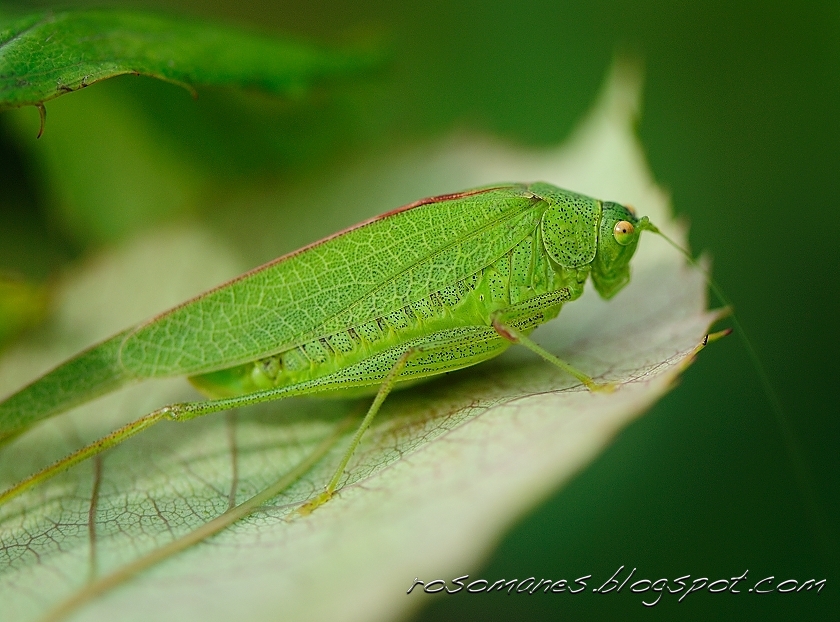I am sorry about my continuing absence from the blogosphere: I have had lots of issues to deal with. In the garden, I have been busy repotting some big roses and dealing with the effects of a recent windstorm.
 |
| Mme Bérard drooping in the rain |
At first, I didn't plan on growing any roses in pots: too much work watering. When I bought my first band sized plants from specialty mail order nurseries, I put them all in the ground (I had lots of room then).
 |
| Some springtime roses |
My success in growing own root plants in hard rocky clay with lots of competition from surrounding trees and shrubs has been variable. Some roses (teas, tea-noisettes, some Austins and hybrid musks come to mind) took off right away...
 |
| Maréchal Niel this spring |
....but others languished (pernetianas and other hybrid teas seemed particularly miserable). It seemed that a lot of these latter varieties were unable to develop a strong enough root system to push vigorous growth and bloom. The more interested I became in pernetianas and classic hybrid teas, the more imperative a solution to that problem became.
 |
| Heinrich Wendland was very unhappy in the ground but is recovering in a big pot |
After all, I wanted some decent plants with maybe a few blooms on them :), and not a sad lot of scrawny naked sticks in the ground. The obvious path is to graft weak roses onto a vigorous rootstock. However, grafting requires tools, skill, time and patience, of whichI have none. The only choice for me was to try to grow them in pots.
 |
| Rose pots on the patio |
I have been very happy with the results. Roses grow very fast in pots offering me almost instant gratification - only months between a tiny rooted cutting and a decently blooming young rose. I am still working on figuring out drainage and fertilizing schedule, but most of about a dozen plants I grow in pots permanently have done really well. Some of them have by now grown so much that they need repotting.
 |
| A three-year old Dame Edith Helen in an unglazed clay pot this spring. The top is noticeably bigger than the rootball, and I wondered if it was becoming potbound. |
I bought Dame Edith Helen, an own root classic hybrid tea, for its gorgeous fragrant blooms. Its seller, Vintage Gardens, describes it as a low growing plant, "shy of bloom". I have heard someone mention that they grew three plants of it together to try to create some size :).
It was therefore surprising to me to find that, given favorable growing conditions, this rose is very capable of attaining a good size and blooming exactly in step with my vigorous grafted hybrid teas. It also developed a very good rootball.
Two cubic feet of fresh potting mix later, here it is in its new and bigger home. A young plant of Surville is next to it.
I have also been busy cleaning up after a recent storm that brought lots of rain and wind. It seemed to me that leaves from most neighborhood trees ended up in my yard, clogging gutters and drains. Thankfully, our trees were undamaged but a few big roses fell over.
Gardeners in northern climates have to hard prune their roses because of winter damage to the canes. Those of us in warm areas where nature does not keep rose growth in check have the dubious luxury of endlessly debating whether or how to prune our roses depending on their class, rootstock, gardening practices and anything and everything else. But sometimes the weather dictates to us warm region gardeners as well.
My Rosette Delizy, a tea rose, has never been hard pruned. It grew nice sturdy canes that branched on top, then branched some more and some more again. It became very top-heavy. Not any more :)
I had to cut it back by more than half before it managed to stand up again. We'll see how it will do in spring...
 |
| But Lady Hillingdon still looks good |








































